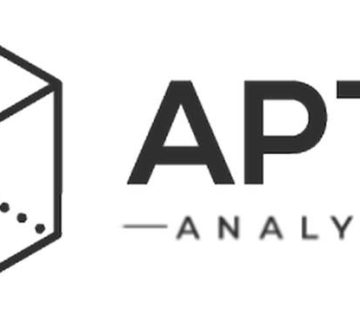The House Financial Services Committee (HFSC) approved a slew of proposals related to digital asset regulation last month, of which any could be the first piece of crypto-specific legislation signed into U.S. federal law.
Here’s a summary of the differences between the most important bills, and what each could mean for crypto as a whole.
4 Crypto Bills: A Summary
One of the most high-profile bills to score approval was the Financial Innovation and Technology for the 21st Century Act (aka FIT 21), which received bipartisan support (all Republicans + 6 Democrats) from the HFSC last week.
The bill would clear confusion about what jurisdiction the Commodities and Futures Trading Commission (CFTC) has over digital assets, versus the Securities and Exchange Commission (SEC).
Though many Democrats considered the bill to be friendly to the industry, others believed it was a major step up from the status quo, and would help “create clarity where none exists.”
The following day, the committee considered the Clarity for Payment Stablecoins Act of 2023, which would create clear rules around stablecoin issuance, and detail what authorities the Federal Reserve has over the sector.
Again, Democrats opposed the bill, referring to it as “deeply flawed,” and as being rushed by chairman Patrick McHenry. The White House and Treasury Department also expressed disapproval. Nevertheless, with Republican support plus that of 3 Democrats, the bill also received clearance.
The committee also passed the Blockchain Regulatory Certainty Act, which would guarantee that blockchain service providers that don’t keep custody of client assets are not treated as money services businesses under the law.
This would theoretically correct problems within President Biden’s 2021 Infrastructure bill, which would place untenable transaction reporting requirements on “digital asset broker” – a
Go to Source to See Full Article
Author: Andrew Throuvalas





